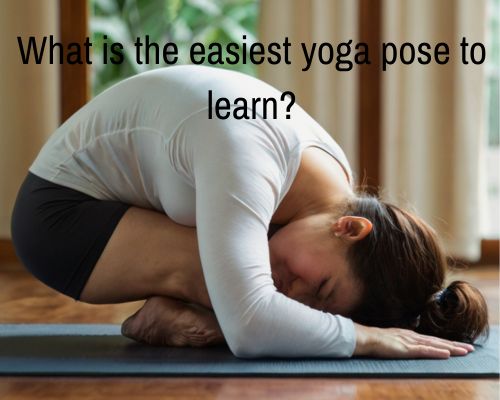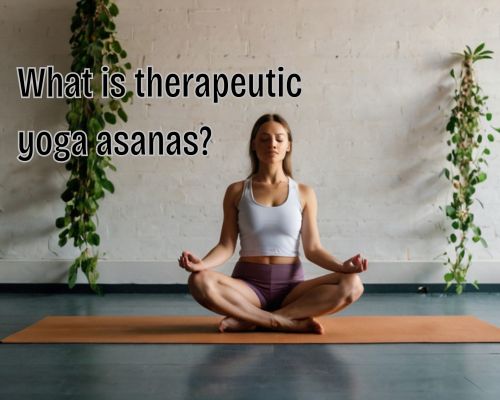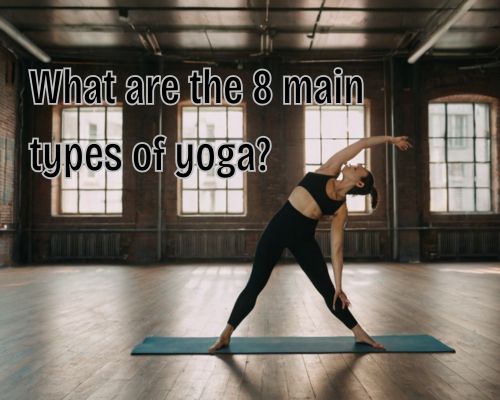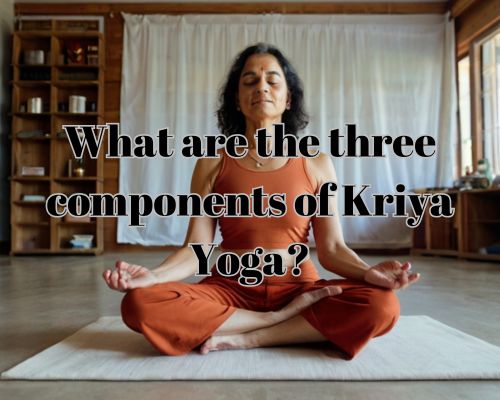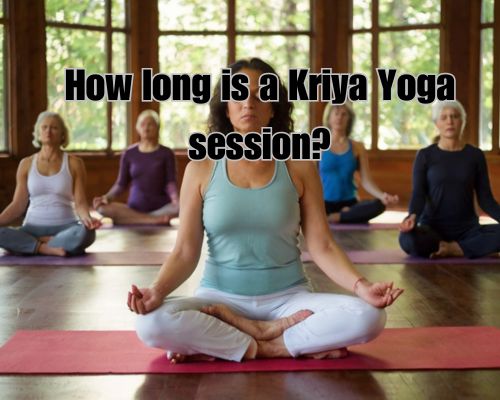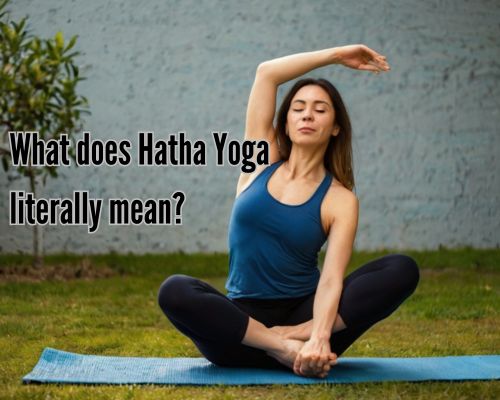Can Yoga Replace the Gym? A Complete Guide for Mornington, AustraliaCan Yoga Replace the Gym? A Complete Guide for Mornington, Australia
In the bustling coastal town of Mornington, Australia, fitness enthusiasts often debate whether yoga can replace the gym. As the wellness industry evolves, more people are exploring holistic approaches to staying fit. But can yoga truly substitute for gym workouts, or do both have their place in a well-rounded fitness routine? In this article, we’ll explore the benefits, limitations, and ideal scenarios for each, helping Mornington residents make an informed decision.

Yoga vs. Gym: Understanding the Core Differences
Yoga and gym workouts cater to different fitness goals. While traditional gym training focuses on strength, endurance, and muscle hypertrophy, yoga emphasizes flexibility, mindfulness, and holistic well-being.
Benefits of Yoga Over Gym Workouts
- Enhanced Flexibility & Mobility
- Yoga is renowned for increasing flexibility, which helps prevent injuries and improves posture. Mornington locals who suffer from stiffness due to long commutes or sedentary jobs may benefit significantly from a regular yoga practice.
- Stress Reduction & Mental Clarity
- Unlike weight training, yoga incorporates breathwork and meditation, reducing cortisol levels and promoting mental calmness. Popular yoga studios in Mornington, such as Bikram Yoga Mornington and Wild Warrior Yoga, offer sessions designed to combat daily stress.
- Joint & Spine Health
- Yoga’s low-impact nature makes it ideal for individuals recovering from injuries or those experiencing joint pain. Poses like downward dog and cobra stretch help in spinal decompression and mobility.
- Better Balance & Core Strength
- Advanced yoga postures like the crow pose and tree pose significantly improve balance and engage core muscles, often surpassing isolated gym exercises in functionality.
- Sustainable & Cost-Effective
- Gym memberships in Mornington can be costly, with premium facilities like Snap Fitness and Jetts Mornington charging monthly fees. Yoga, on the other hand, requires minimal equipment and can even be practiced at home or in scenic locations like Mornington Peninsula National Park.
Why Gym Workouts Might Be Necessary
While yoga has numerous benefits, there are aspects of fitness that it doesn’t fully address:
- Muscle Building & Strength Training
- Lifting weights at a gym is unparalleled for hypertrophy and progressive overload. Mornington’s Iron Oak Fitness and Goodlife Health Club offer strength programs tailored to building muscle mass, which yoga alone cannot achieve.
- Cardiovascular Conditioning
- High-intensity gym workouts such as HIIT and treadmill running provide superior cardiovascular benefits compared to yoga. While power yoga can elevate heart rate, it lacks the sustained intensity of structured cardio workouts.
- Weight Loss Acceleration
- For those aiming for rapid weight loss, strength training combined with cardio is often more effective than yoga alone. Functional fitness programs in Mornington, such as those at CrossFit Mornington, incorporate high-calorie-burning exercises that surpass traditional yoga.
- Targeted Muscle Isolation
- Gym equipment allows for specific muscle targeting, crucial for bodybuilders or those looking to correct muscular imbalances. While yoga offers functional strength, it does not provide the same level of targeted resistance training.
Can Yoga Fully Replace the Gym?
The answer largely depends on personal fitness goals. For Mornington residents looking for overall well-being, improved flexibility, and stress relief, yoga can be a fantastic primary workout. However, for muscle gain, weight loss acceleration, or structured fitness progressions, a gym routine may still be necessary.
Blending Yoga and Gym for Optimal Fitness
A balanced approach combining both yoga and gym workouts can be the ultimate fitness strategy. Here’s a structured weekly routine for Mornington residents:
- Monday: Strength Training (Gym)
- Tuesday: Vinyasa Yoga (Hot Hut Yoga)
- Wednesday: Cardio Workout (Treadmill or Outdoor Running along Mornington Peninsula Coastal Trail)
- Thursday: Power Yoga (Wild Warrior Yoga)
- Friday: Weight Training (Iron Oak Fitness)
- Saturday: Restorative Yoga (Mornington Yoga Centre)
- Sunday: Active Recovery Walk (Mornington Beach) + Meditation
Best Yoga Studios in Mornington
If you’re considering swapping your gym routine for yoga, here are some top-rated yoga studios in Mornington:
- Bikram Yoga Mornington – Specializing in hot yoga for flexibility and detoxification.
- Wild Warrior Yoga – Offering power yoga and mindfulness sessions.
- Mornington Yoga Centre – Best for beginners and restorative yoga.
- Peninsula Hot Springs – Unique combination of yoga and natural hot spring therapy.
Conclusion: Making the Right Choice
Yoga can replace the gym for those seeking flexibility, mindfulness, and overall well-being. However, for strength training and high-intensity workouts, the gym remains essential. For Mornington residents, an ideal fitness plan may involve incorporating both to maximize physical and mental benefits.
Whether you choose yoga, gym workouts, or a hybrid approach, Mornington offers a wealth of options to help you stay fit and healthy. Why not explore a trial class at a local yoga studio or gym and see what suits your lifestyle best?
